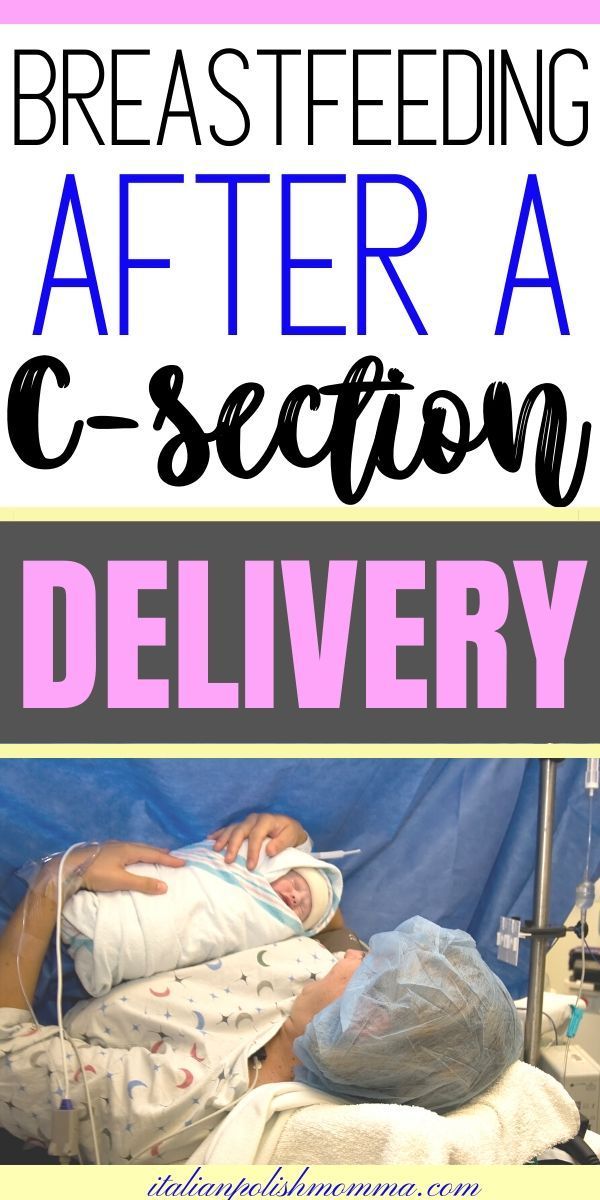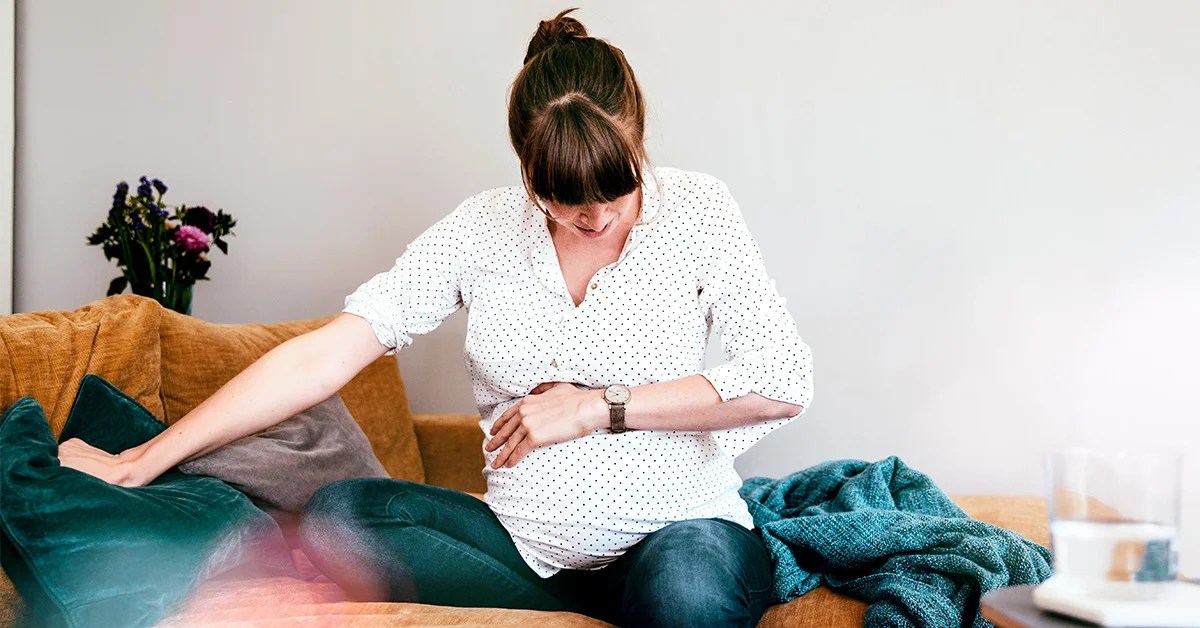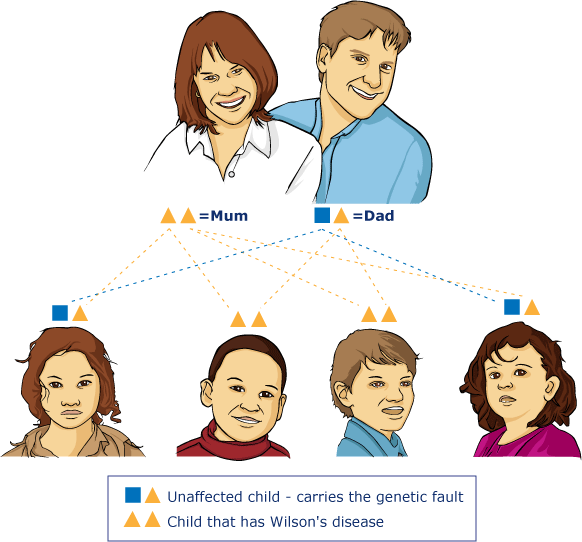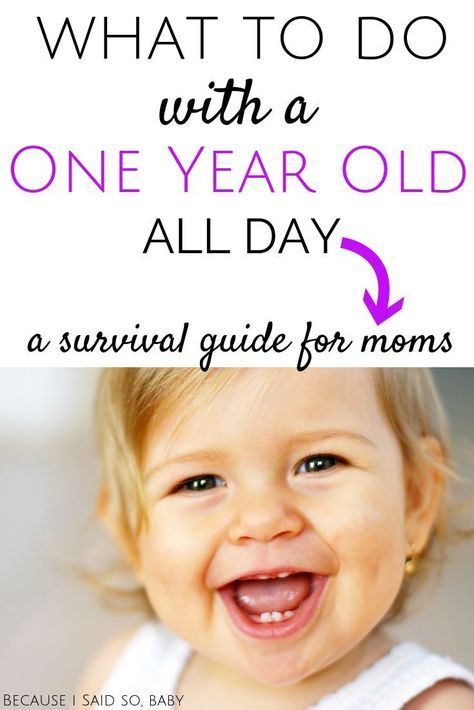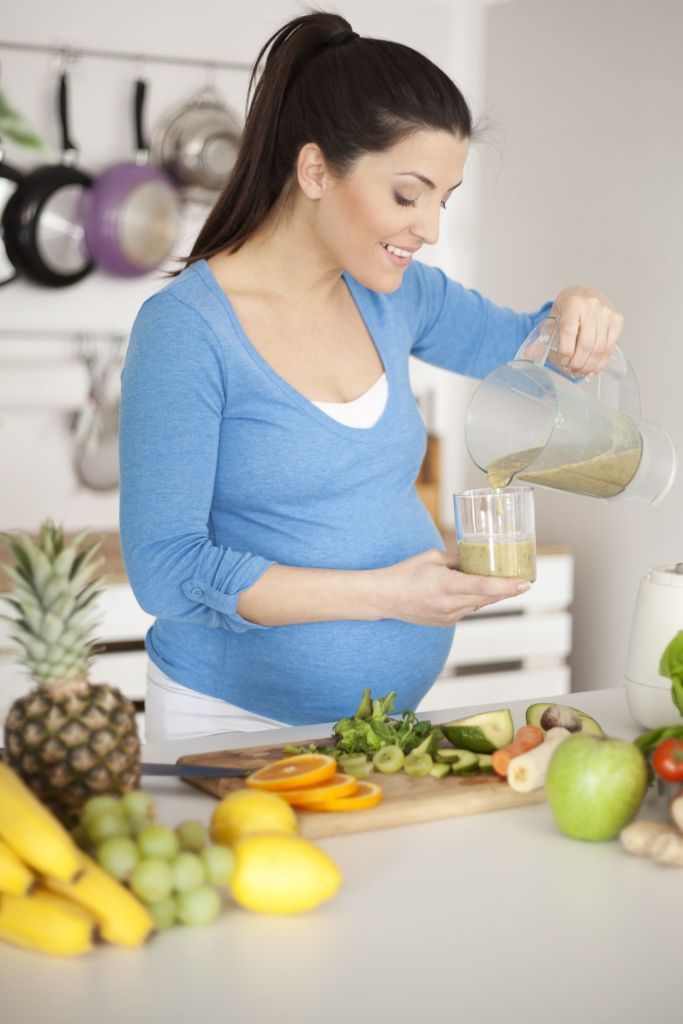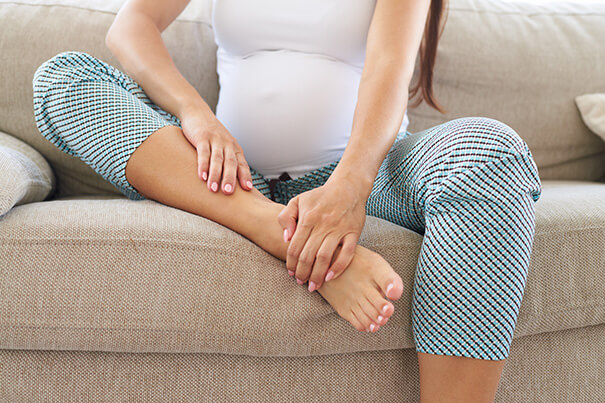Baby bottle disinfectant
How to Sterilize Baby Bottles (7 Safe Methods)
Do you ever wonder if your baby’s bottle is really clean?
With babies’ immature digestive tracts and vulnerable immune systems, it’s important to make sure you’re not unknowingly introducing harmful bacteria into their little bodies through their bottles.
Sterilizing your baby’s bottles is a great way to make sure they’re safe, but the process can seem overwhelming or intimidating.
Thankfully, it doesn’t have to be. When it comes to sterilizing bottles, there are lots of ways to go about it.
Having extensively researched this topic, we’ve written this guide to show you how to sterilize baby bottles, explaining the benefits of each method and what you need to know to get started.
Table of Contents
- Why Should I Sterilize Baby Bottles?
- What Can Happen if I Don’t Sterilize Baby Bottles?
- What Are the Different Sterilization Methods?
- Which Sterilization Method Is Best?
- How Often Should I Sterilize Baby Bottles?
- Are Bottles the Only Thing That Needs Sterilizing?
- Things to Avoid While Sterilizing Bottles
- How Do I Sterilize Baby Bottles?
Why Should I Sterilize Baby Bottles?
When babies are born, their brand new digestive and immune systems are unaccustomed to the millions of bacteria we come into contact with every day. While some immunity passes from mother to baby during pregnancy and breastfeeding, babies’ immature systems are still considerably more susceptible to infection from new and unfamiliar germs (1).
For this reason, some experts recommend that parents sterilize baby bottles for the first few months of life. This will kill any germs, bacteria, or viruses that may be lurking in a bottle’s nooks and crannies, and keep your baby from getting sick.
Sterilizing your baby’s bottles is especially important if:
- You’re using secondhand or hand-me-down bottles for the first time.
- Your baby was born prematurely or has health problems.
- Your baby has been ill.
- Your home does not have safe, clean drinking water.
What Can Happen if I Don’t Sterilize Baby Bottles?
If bottles are not properly sterilized, your baby can be exposed to bacteria and germs that can cause:
- Gastroenteritis (stomach flu).
- Food poisoning.
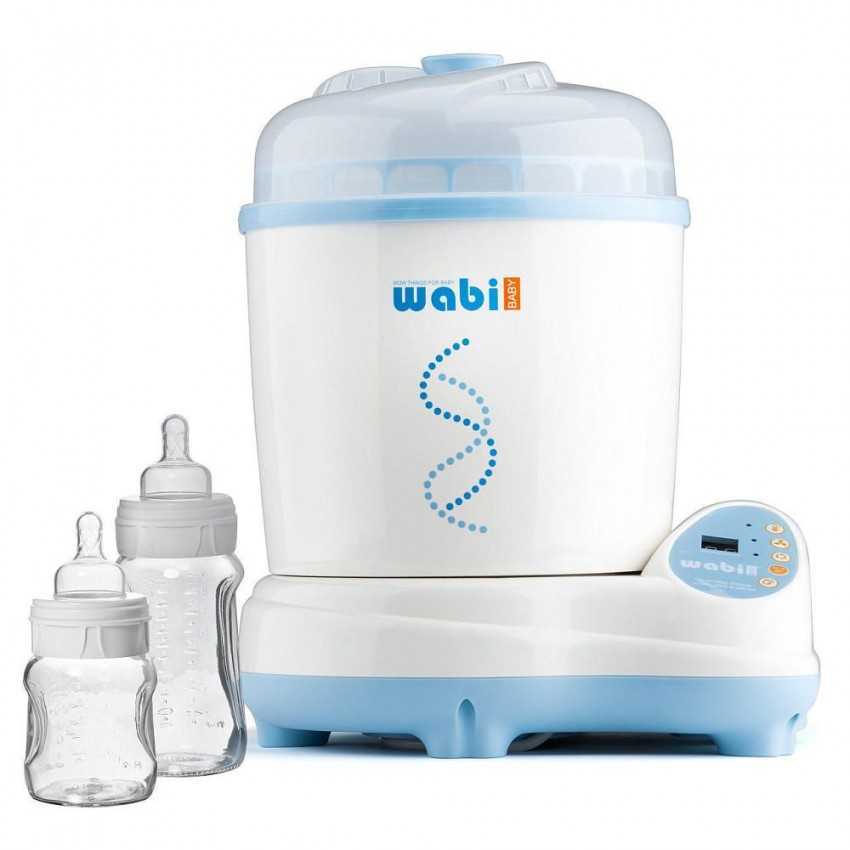
- Diarrhea.
- Vomiting.
- Hepatitis A.
- Rotavirus.
Even if your baby can fight off the germs or bacteria associated with these illnesses, common side effects of the symptoms of vomiting and diarrhea include dehydration, which can be very dangerous for babies (2).
What Are the Different Sterilization Methods?
There are several ways to sterilize your bottles. These include:
- Microwaving the bottles.
- Boiling them in water.
- Sterilizing in cold water.
- Using an electric steam baby bottle sterilizer.
- Using a UV sterilizer.
- Washing in the dishwasher.
- Using a diluted bleach solution (make sure you follow proper instructions for this method to avoid causing harm to your baby).
Bottles should always be washed to remove any food particles before sterilizing.
Which Sterilization Method Is Best?
The result of all sterilization methods is a healthy, sterilized bottle.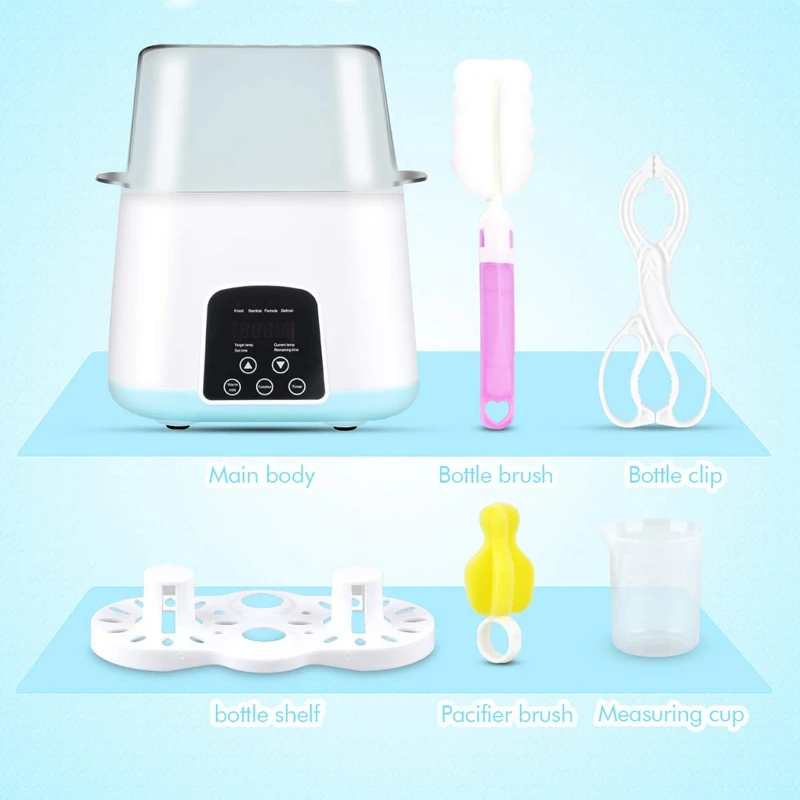 Aside from that, your optimal choice will depend on your lifestyle.
Aside from that, your optimal choice will depend on your lifestyle.
If you prefer the cheapest option
You might want to consider:
- The microwave method.
- The boiling water method.
- A diluted bleach soak.
- The dishwasher method.
If you prefer chemical-free options
You might want to avoid:
- A diluted bleach soak.
- Sterilizing in cold water with a sterilization tablet.
If you want ease and convenience
You might want to consider:
- The UV sterilizer.
- An electric steam sterilizer.
- A microwave steam container.
If you have limited counter and storage space
You might want to avoid:
- The UV sterilizer.
- The electric steam sterilizer.
- The microwave steamer.
If you are traveling
You might want to consider:
- The cold water method.
- A travel-sized UV sterilizer.
How Often Should I Sterilize Baby Bottles?
You don’t have to sterilize your baby’s bottles after each use.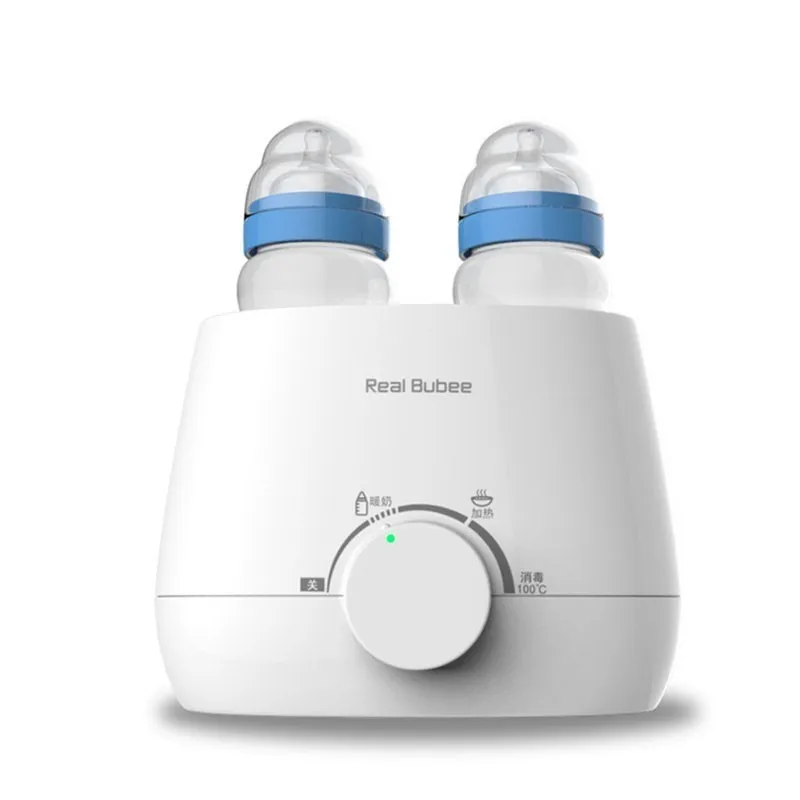 A good, thorough cleaning should keep them safe for your baby. However, it’s a good idea to occasionally sterilize your bottles in these situations:
A good, thorough cleaning should keep them safe for your baby. However, it’s a good idea to occasionally sterilize your bottles in these situations:
- When they’re brand-new — before you use them for the first time.
- If your baby has been sick (especially with an oral illness like thrush).
- If you notice build-up inside the bottles or nipples.
- If you live or are traveling in an area where tap water is not regulated.
- If you get your water from a well, it may be a good idea to sterilize with every use (3).
Are Bottles the Only Thing That Needs Sterilizing?
Anything that goes in your baby’s mouth or is used to feed your baby should be sterilized. This includes:
- Bottles.
- Nipples.
- Bottle rings or accessories.
- Pacifiers.
- Feeding accessories.
- Breast pump parts (check with your manufacturer about recommended sterilization methods).
The good news is that although parents may be advised to sterilize their baby’s bottles for the first few months, it’s not considered necessary after that.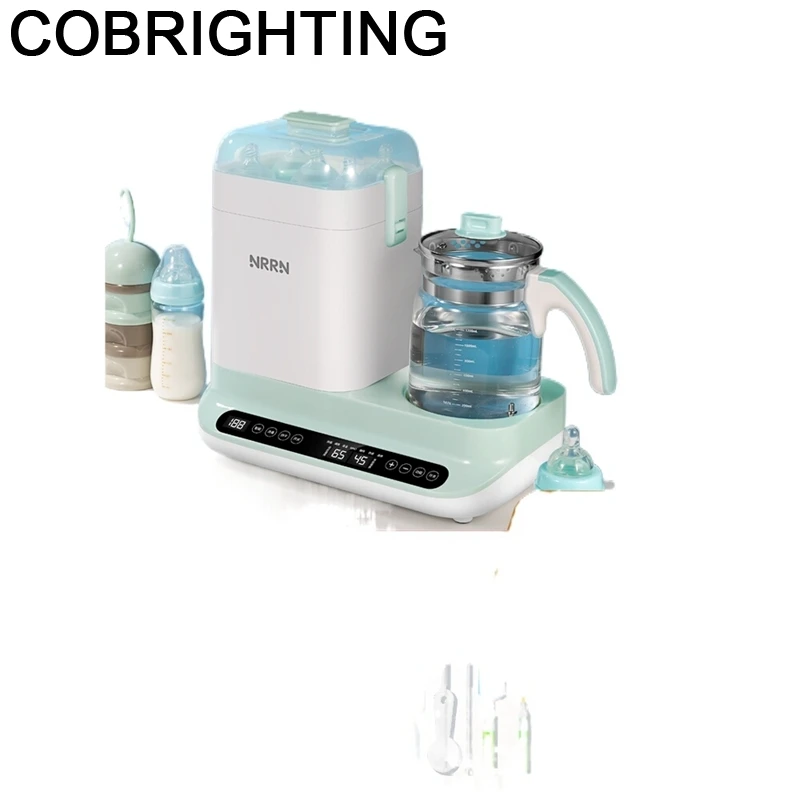
Things to Avoid While Sterilizing Bottles
The process of sanitizing your baby’s bottles is pretty easy and straightforward, so the risk of causing any harm to your baby is minimal. There are a few things to keep in mind, though.
- If sterilizing with steam or boiling water, be careful you don’t burn yourself — and don’t try to hold your baby while doing it. Even though it seems harmless, steam is far hotter than boiling water.
- If you sterilize with a bleach solution, make sure it’s appropriately diluted. Never sterilize your baby’s bottles in undiluted bleach. Bleach is a potent chemical that can be fatal if ingested.
- If your baby’s bottles contain BPA, you may want to consider using a no-heat method of sterilization or switching to BPA-free bottles. When plastic containing BPA is heated, the chemicals can leach into the milk (4).
How Do I Sterilize Baby Bottles?
Regardless of the sterilization method you choose, the first step is always to clean your bottles in hot, soapy water to remove milk residue.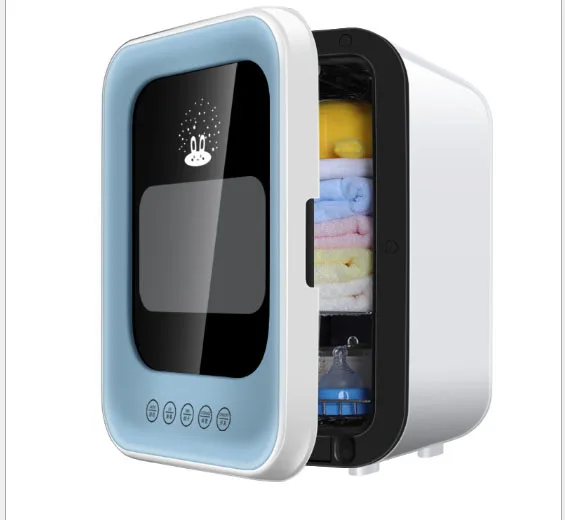 After your bottles are cleaned and rinsed, you can move on to sterilizing them.
After your bottles are cleaned and rinsed, you can move on to sterilizing them.
1. Use the Microwave
- Make sure your microwave is clean.
- Fill your baby’s bottles halfway with water.
- Set them in the microwave.
- Place nipples, rings, and accessories in a glass bowl filled with water deep enough to cover them.
- Microwave on high for a minute and a half.
- Allow bottles to cool sufficiently before removing them from the microwave.
You can also purchase products (like this one) designed specifically for sterilizing baby bottles and other accessories in the microwave. Microwave sterilizing bags are also available.
2. Boil Them in Water
- Place your bottles in a large pot of water.
- Push down any bottles floating on the surface that are not submerged — placing a spoon on them should work fine.

- Place the pot on the stove, and turn on the burner.
- Once the water is boiling, set a timer for 10 minutes.
- After 10 minutes, remove the bottles and accessories using tongs.
- Place on a bottle drying rack.
When using this method, check with your bottle’s manufacturer to ensure the boiling-water method will not harm your bottles. It could cause plastic bottles to melt or glass bottles to crack if they weren’t manufactured to withstand this level of heat. The heat can also cause nipples and pacifiers to break down more quickly.
3. Use Cold Water
If you’re traveling, a lightweight and convenient option is a sterilization tablet. This is a product manufactured specifically for bottles, allowing you to sterilize them using cold tap water when microwave and boiling water are not available.
- Fill a container with enough water to cover your bottles.

- Add your sterilization tablet and allow to sit according to the manufacturer’s directions.
This method can be done using either a sterilization solution (liquid) or tablet (solid). If you’re traveling by air, consider the tablet over the solution due to restrictions on liquids during air travel.
4. Use an Electric Steam Sterilizer
If you’ve got countertop space, an electric steam sterilizer may be an easy solution for you.
- Place your bottles in the sterilizer.
- Add water according to the device’s instructions.
- Press the start button.
5. Use a UV Sterilizer
This may be one of the simplest options of all. Germs, bacteria, and viruses are eliminated using the power of ultraviolet light.
- Place your bottle in the sterilizer.
- Press the start button.
If you’re traveling, there are portable, single-bottle UV sterilizers available that could give you peace of mind on your travels.
6. Run Them Through the Dishwasher
This method has a caveat: not all dishwashers are capable of producing heat high enough to sterilize bottles.
Check if yours has a sanitize cycle and NSF/ANSI Standard 184 Certification (5). You’ll need to check with your manufacturer or your owner’s manual to see if your dishwasher has this certification. If it does, you can use it to sanitize your baby’s bottles by doing the following:
- Place the bottles in the top rack.
- Place any nipples, rings, pacifiers, and other accessories in a dishwasher basket.
- Run a sanitize cycle.
7. Soak Them in a Diluted Bleach Solution
- Fill a container with one gallon of water.
- Add two teaspoons of bleach.
- Mix well.
- Place bottles, nipples, and accessories into the solution.
- Allow the bottles to soak for two minutes.
- Run the bleach solution through the nipples.
- Scrub using a baby bottle brush.
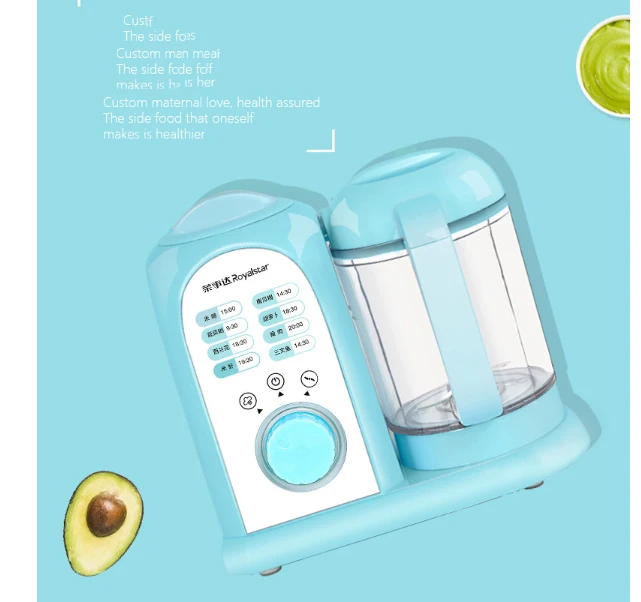
- Air dry.
Feedback: Was This Article Helpful?
Thank You For Your Feedback!
Thank You For Your Feedback!
What Did You Like?
What Went Wrong?
11 Best Baby Bottle Sterilizers (2022 Reviews)
You won’t be able to protect your baby from everything out there, but you can absolutely take steps to make sure they aren’t drinking germs along with their milk.
The best baby bottle sterilizers can kill 99.9% of bacteria in minutes.
To help give you some peace of mind, we’ve rounded up our favorite sterilizers to ensure your baby’s bottles are as germ-free as possible.
Our Top Picks
We love honesty! Mom Loves Best earns a commission through the following hand-picked links at no extra cost to you.
Image
Model
Product Comparison Table
Features
Best All-In-One Sterlizer
Papablic Baby
- Can handle very large loads
- Dries bottles thoroughly
- Quicker sterilization cycle
Check Price
Best Easy to Operate Sterilizer
Dr.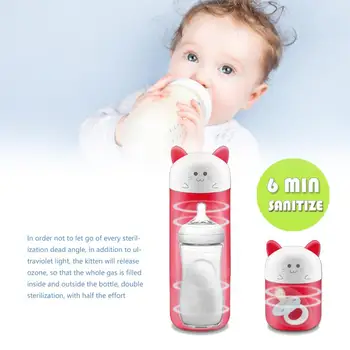 Brown's
Brown's
- Includes several accessories
- Cycle indicator
- Comes with an accessory tray
Check Price
Best Value for Money
Philips Avent Microwave
- Cheaper than other options
- Sterilize four bottles at a time
- Sterilizes in under 2 minutes
Check Price
Best Electric Sterilizer
Tommee Tippee
- Easy to clean and store
- Cools down rapidly
- Has HEPA filter
Check Price
Best for Small Spaces
Philips Avent 3-in-1
- Takes up less kitchen space
- Kills 99.9% of germs and bacteria
- Automatic shut off feature
Check Price
Best UV Sterilizer
Wabi Baby Touch
- Uses UV rays to dry and sterilize
- Multiple setting options
- Eliminates 99.9% germs and bacteria
Check Price
Best for Breastfeeding
Baby Brezza Dryer Machine
- Fits every size and shape
- Multifunctional
- Sterilizes various breastfeeding utensils
Check Price
Best Steam Sterilizer
Bololo Steam Sterilizer and Dryer
- Accommodates variety of bottle brands
- Fits up to 12 bottles
- Safe filtration system
Check Price
Best Microwave Sterilizer
Nanobébé Microwave
- Most affordable microwave sterilizers
- Multi-purpose steamer
- Heat-resistant rubber handles
Check Price
Best Steam Bags
Medela Micro Bags
- Very affordable
- Convenient, compact, easy to use
- Portable design for trips away
Check Price
Table of Contents
- Our Top Picks
- The Best Baby Bottle Sterilizers of 2022
- Do I Need to Sterilize My Bottles?
- Different Ways to Sterilize a Bottle
- How to Choose a Baby Bottle Sterilizer
- Baby Bottle Sterilizer FAQs
The Best Baby Bottle Sterilizers of 2022
Here are 11 excellent baby bottle sterilizers to consider.
1. Papablic Steam Sterilizer and Dryer
Best All-In-One Baby Bottle Sterilizer
Check Price
If you’re serious about sterilization and your little one is a bottle feeding champ who goes through tons of bottles, you might like the unit from Papablic. It’s a bit like a tiny dishwasher for all your bottles and accessories.
This sterilizer is large and fits up to 11 bottles inside, and the internal trays can be reorganized depending on what you want to clean. Add water, turn the dial, and after 45 minutes you’ll have perfectly clean and dry bottles you can use immediately. There are different settings, however, so you could also opt for a quicker sterilization cycle.
Pros
- The sterilizer can handle very large loads.
- Dries bottles thoroughly so they’re ready to use.
- Just turn on and go with minimal fuss.
Cons
- This is an extra-large, tall unit and may just be too clunky for many moms.
- Some feel the quality is lacking for a substantial price.

2. Dr. Brown's Deluxe Bottle Sterilizer
Best Easy to Operate Baby Bottle Sterilizer
Check Price
Dr. Brown’s sterilizer takes just around 7 to 9 minutes to sterilize its content.
It’s easy to operate – all you do is add the water and a measuring cup is included in the package too. Put the bottles in and press a button. Moms who go through a lot of bottles may appreciate that it can accommodate six standard-sized bottles at a time. It has a cycle indicator and an auto-shut off feature for safe hassle-free sterilizing.
Pros
- Includes several accessories.
- Has cycle indicator.
- Comes with an accessory tray for easy organization.
Cons
- Can only sterilize six bottles at max.
3. Philips Avent Microwave Steam Sterilizer
Best Budget Baby Bottle Sterilizer
View on Amazon
View on Target
This plastic product is BPA-free, inexpensive and effective.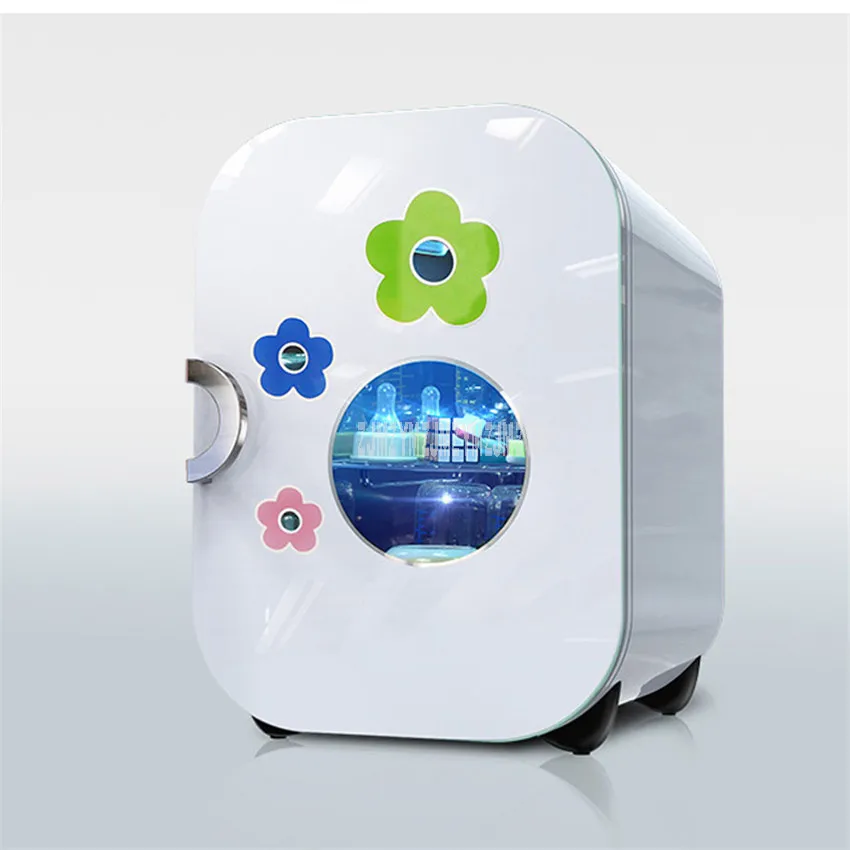 In under two minutes, it kills 99.9 percent of the bacteria that could harm your baby. It can hold bottles, breast pump parts, and feeding accessories. It fits into most microwaves, and if you keep the lid closed until right before you need the items inside, everything will stay sterilized for 24 hours.
In under two minutes, it kills 99.9 percent of the bacteria that could harm your baby. It can hold bottles, breast pump parts, and feeding accessories. It fits into most microwaves, and if you keep the lid closed until right before you need the items inside, everything will stay sterilized for 24 hours.
Moms will appreciate that this unit is easy to pack for weekend getaways, and it won’t take up much storage space at your house. It doesn’t involve any complicated instructions – anyone can figure out how to use it.
Pros
- Cheaper than other options on the market.
- Can sterilize up to four bottles at a time.
- Sterilizes in under 2 minutes so your bottles are ready to use in no time.
Cons
- The size of this sterilizer may be too large for many microwaves, at around 11 inches in height.
- Some moms have reported that the lid melts in the microwave.
4. Tommee Tippee Electric Steam Sterilizer
Best Electric Baby Bottle Sterilizer
Check Price
This unit may be the perfect choice for someone who wants to sterilize a lot of bottles at once.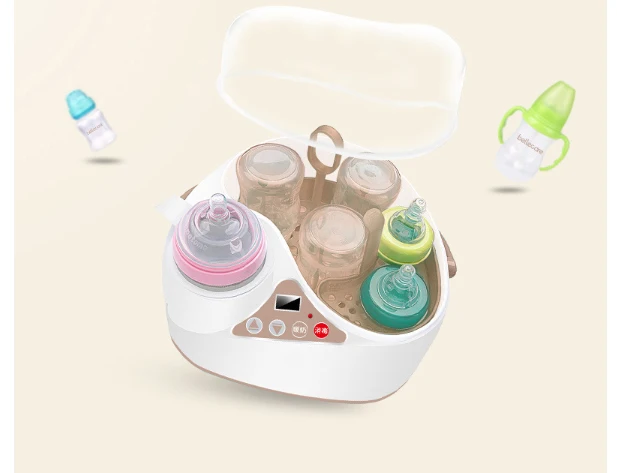 It can hold an entire day’s worth of bottles at one time. In just ten minutes, all the sterilizing you’ll need for any given day will be done.
It can hold an entire day’s worth of bottles at one time. In just ten minutes, all the sterilizing you’ll need for any given day will be done.
This sterilizer will kill 99.9 percent of the germs that can harm your baby. Because it has a space-saving design, moms with limited counter space may like that it doesn’t seem too big given how many bottles it holds. Plus, the lid can be flipped over to serve as a germ-free place to prepare bottles.
Pros
- Easy to clean and store.
- Cools down rapidly so you can get the bottles right away if you need them.
- It can clean six bottles at once.
- BPA-free plastic for the health of your family.
Cons
- It can get a strong plastic smell when heating up.
- Needs to be frequently descaled, especially if you’re in a hard water area.
5. Philips Avent 3-in-1 Electric Steam Sterilizer
Best for Small Spaces Baby Bottle Sterilizer
Check Price
This 3-in-1 sterilizer kills 99. 9 percent of harmful germs and bacteria on bottles without using any chemicals that could harm your little one.
9 percent of harmful germs and bacteria on bottles without using any chemicals that could harm your little one.
It has an adjustable modular design so you can fit a variety of bottles or nursing accessories inside. At most, it fits up to six 11-ounce bottles. We love the design because it takes up less kitchen space.
This machine uses electric steam for sterilization, which only takes six minutes. It also features an automatic shut-off for speed and to prevent overheating. You can even keep the objects sterile for up to 24 hours if you don’t remove the lid after you’ve run it.
To use, just add water to the base, fill the compartment up, shut the lid, and press the button. If you’re limited on space and need a sterilizer that works quickly, this is a great choice.
Pros
- Takes up less kitchen space and fits various bottle shapes with an adjustable size rack.
- Uses electric steam to kill 99.9 percent of germs and bacteria.
- Has an automatic shut-off feature.

Cons
- Condensation forms during use, so it makes a watery mess when you take the lid off.
6. Wabi Baby Touch Sterilizer & Dryer
Best UV Baby Bottle Sterilizer
Check Price
Did you know you can harness to power of UV rays to sterilize almost anything? Well, you can and this special touch panel, dual function sterilizer, and dryer harnesses that power to make your life easier.
Place your bottles inside and with the single touch of a button start the drying and sterilizing process, which takes approximately 30 minutes. After removing the bottles, wipe them down with a clean cloth. The dual UV bulbs eliminate 99.9 percent of E. coli, Salmonella, Staph, and other harmful bacteria safely and efficiently.
One reason we love the idea of UV rays is the versatility. Not only can you sterilize your baby bottles, but you can safely dry and sterilize practically anything, including jewelry, sunglasses, breast pump parts, and even electronic devices.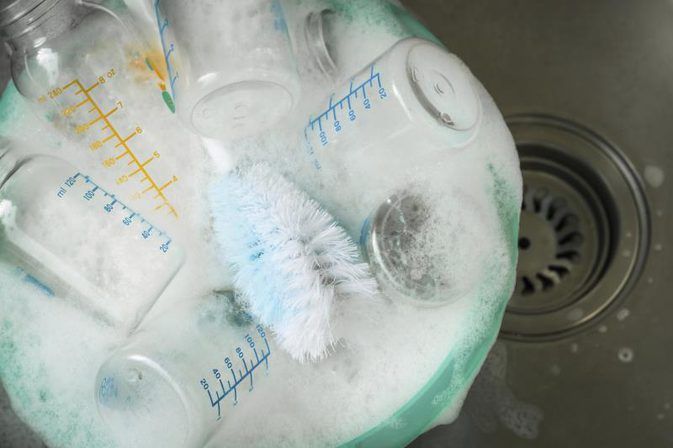
Choose from a dry setting, a UV sterilizing setting, or both. This is a great investment for moms with a lot they want to sterilize and dry.
Pros
- Uses UV rays to dry and sterilize, so you can put almost anything in it.
- Has multiple setting options.
- Effectively eliminates 99.9 percent of germs and bacteria.
Cons
- Takes at least 30 minutes to sterilize, so it’s not great if you’re short on time.
7. Baby Brezza Baby Bottle Sterilizer
Best Baby Bottle Sterilizer for Breastfeeding
View on Amazon
View on BuyBuyBaby
View on BedBath&Beyond
View on Walmart
When you breastfeed, a lot of things change. Suddenly, your schedule revolves around your little one. Many moms who breastfeed also use bottles to store excess milk to ensure their production and flow is maintained while preventing infections and swelling.
This baby bottle sterilizer system is perfect for breastfeeding moms because it allows you to dry and sterilize everything.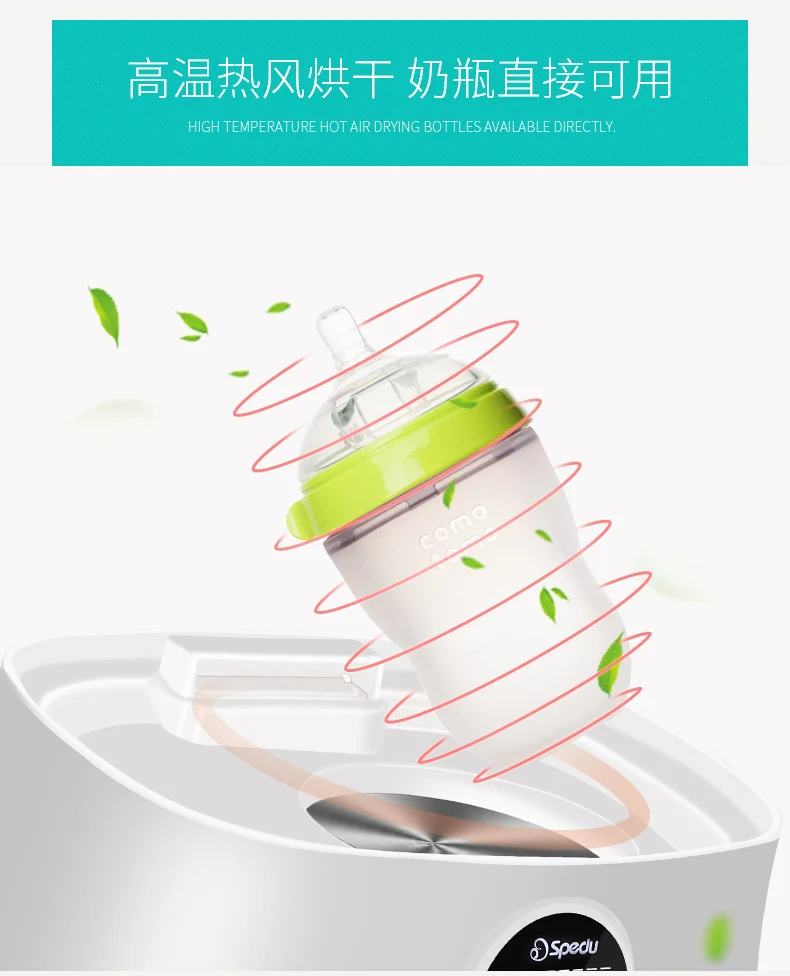 It fits up to six bottles of any size or shape and can also be used on breast pump parts. Sterilization takes only a few minutes and if you can leave it for longer all of the excess condensation will be dried up with one of the multiple drying settings.
It fits up to six bottles of any size or shape and can also be used on breast pump parts. Sterilization takes only a few minutes and if you can leave it for longer all of the excess condensation will be dried up with one of the multiple drying settings.
All of the parts are 100 percent BPA-free and can keep items sterilized for up to 24 hours if the machine is not opened. It has an automatic drying mode you can set up, as well as an auto shut-off function.
Pros
- Great for sterilizing everything you use to breastfeed, not just bottles.
- Fits every size and shape of the bottle.
- Multifunctional.
Cons
- While you can put different breast pump parts inside, it can be hard to make things fit properly.
8. Bololo Electric Steam Sterilizer and Dryer
Best Baby Bottle Steam Sterilizer
Check Price
This steam sterilizer offers versatility – it can be used for bottles, pacifiers, and small toys. It was designed to allow steam to reach deep into the bottle, which creates more thorough sterilization.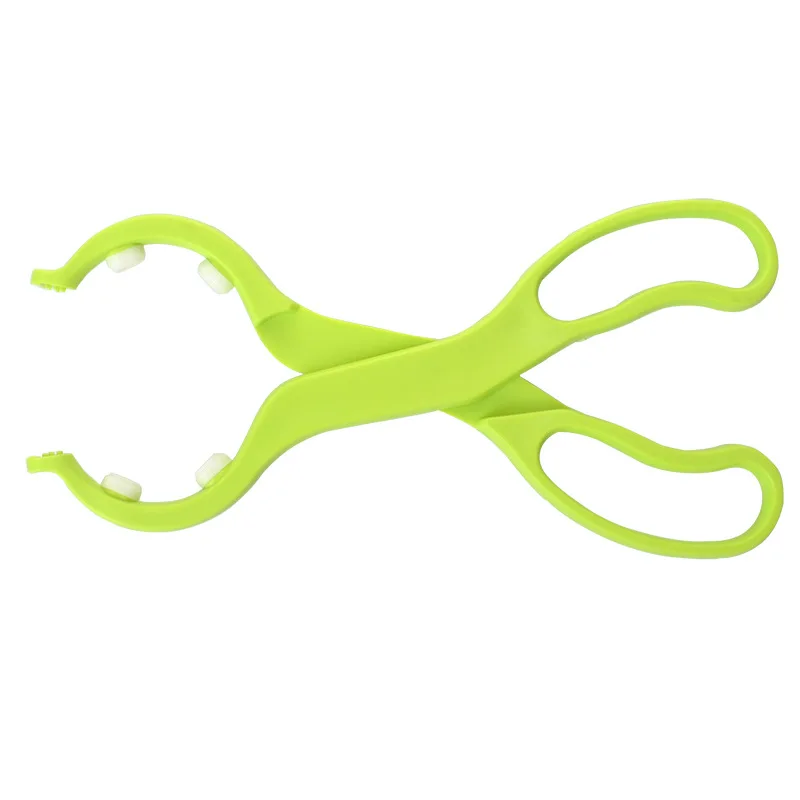
Moms might like that this unit has a built-in drying rack. The trays can be taken out of the sterilizer and placed on the counter to allow the bottles to air dry. This sterilizer has a unique HEPA filtration system, which may be reassuring to parents who are worried about exposing their baby to harmful chemicals and pathogens.
Pros
- It can accommodate a wide variety of bottle brands.
- Fits up to 12 bottles.
- The built-in drying rack can hold a variety of items.
Cons
- Some parents have doubts about the product durability.
9. Nanobébé Microwave Sterilizer
Best Microwave Baby Bottle Sterilizer
Check Price
This is one of the most affordable microwave sterilizers available so it’s perfect if you’re on a budget.
Moms who have heard horror stories about their friends being burned by microwave sterilizers may appreciate that this unit has heat-resistant handles that may make moms feel safer taking this sterilizer out of the microwave.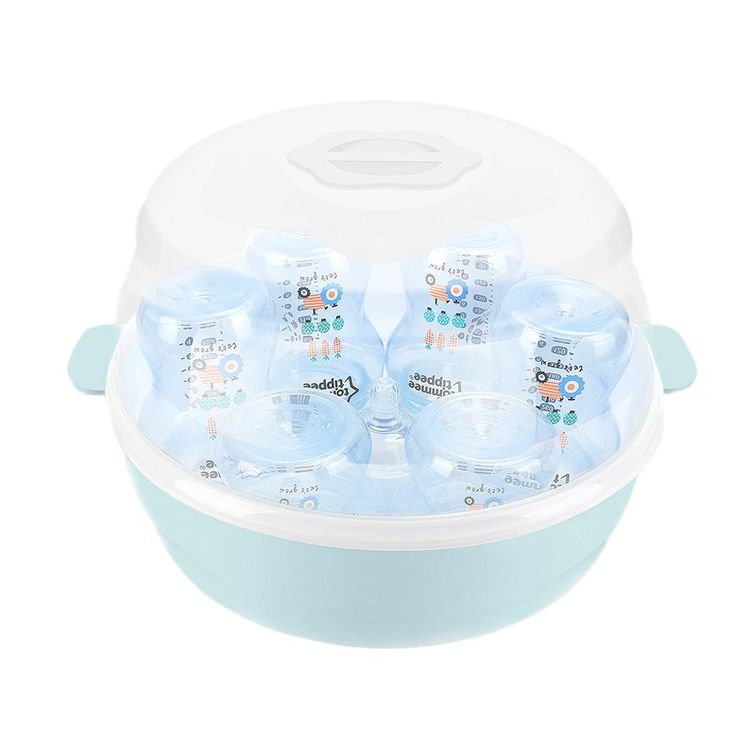
Parents who want a multi-purpose steamer should like that this unit can also be used on pacifiers, teething rings and small toys. It fits all standard-sized microwaves and comes with tongs to help ensure the safe removal of the hot bottles.
Pros
- Adjustable pegs to faciliate various items for sterilization.
- Works for both wide-mouth and standard size bottles.
- It works in as little as four minutes, so it’s great if you need a bottle in a hurry.
Cons
- The pegs do not fit too snugly at the base.
10. Medela Micro Steam Bags
Best Steam Bags
View on Amazon
View on Walmart
Medela steam bags are a godsend, and sanitize bottles quickly, easily and thoroughly. All you need is a microwave (even a small one) and a little water. The box contains 12 bags that can each be reused 20 times before the seal starts to lose its integrity.
Like other sterilizers, they kill 99.9 percent of germs and best of all: you can keep them sealed until the bottles are needed. You can toss in breast pump shields, nipples, dummies, feeding accessories and more and they’ll get a burst of cleaning steam as well. These take up barely any room – they’re great for use at home but work just as well on trips, as long as you have access to a small microwave.
You can toss in breast pump shields, nipples, dummies, feeding accessories and more and they’ll get a burst of cleaning steam as well. These take up barely any room – they’re great for use at home but work just as well on trips, as long as you have access to a small microwave.
Pros
- Very affordable, even more budget-friendly than microwave steamers.
- Convenient, compact and super easy to use.
- Portable design which makes them great for trips.
Cons
- Some moms dislike that there’s no handle to grab the hot bag from the microwave.
- Despite claims, these bags might melt breast pump tubing.
11. Papablic 5-in-1 Ultra-Fast Baby Bottle Warmer
Best Portable Baby Bottle Sterilizer
Check Price
While the product is a baby bottle warmer, we double-checked that it too can sterilize baby bottles. Actually, it has five functions. It can be used for steady warming, sterilizing, fast warming, food heating, and defrosting.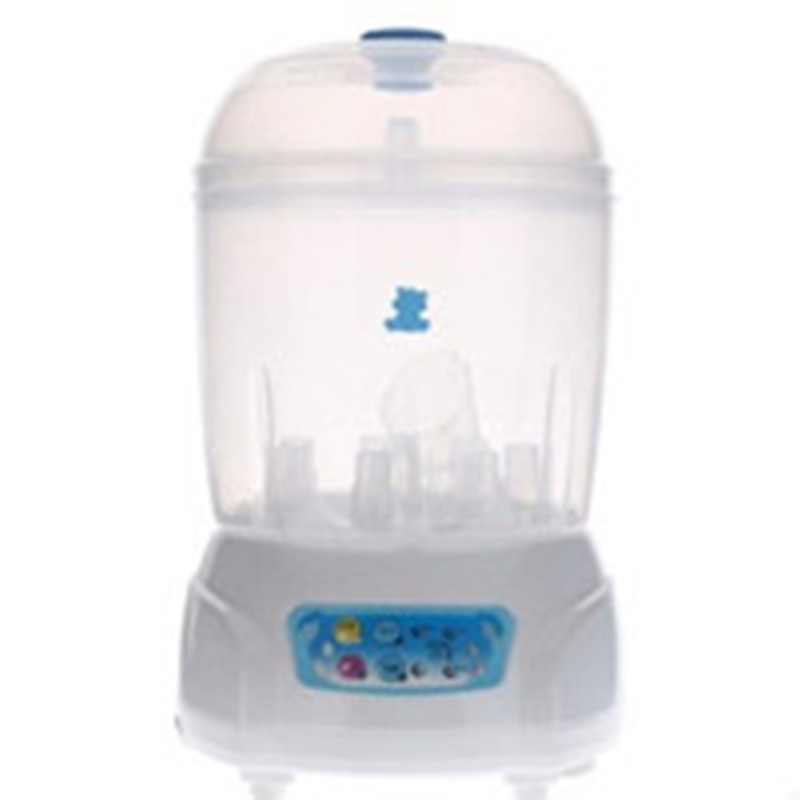 The Papablic sterilizer removes 99.99 percent of germs and bacteria so your baby’s bottles are as clean as they can be.
The Papablic sterilizer removes 99.99 percent of germs and bacteria so your baby’s bottles are as clean as they can be.
With this sterilizer, you can clean bottles, and because it only weighs 1.96 pounds it would be easier for you to bring this while traveling.
It can clean bottles, pacifiers, toys, and nipples. So, once you’ve done the bottles, use it for other items around the house.
It takes a minimum of three minutes for the sterilization process.
Pros
- Auto-shutoff feature.
- Multifunctional.
- Can accommodate almost any baby bottle brands and materials.
- Sterilizes bottles, pacifiers and nipples.
Cons
- Can sterilize one item at a time.
Do I Need to Sterilize My Bottles?
Sterilizing bottles isn’t a necessity, but it’s a step many mothers still choose to take.
A baby’s immune system is fragile for the first year. When you’re a new parent, it feels like germs are everywhere and there’s nothing you can do to avoid exposure — people love to touch and hold your baby. But since nobody likes being labeled a paranoid mommy who won’t let people around her baby, you’re often left ignoring that inner voice telling you to watch out for germs.
But since nobody likes being labeled a paranoid mommy who won’t let people around her baby, you’re often left ignoring that inner voice telling you to watch out for germs.
While you can’t stop all the germs caused by the doting friends and family members who want to hold your baby, at least you can make sure her bottles aren’t making her sick.
Sterilizing bottles is easy, and it cuts back on the mountain of germs your baby is introduced to daily — and that’s always a good thing in my book. I know I can’t wrap my children in bubble wrap and keep them safe from everything, but if sterilizing bottles prevents even one illness, I think it’s worth it.
Different Ways to Sterilize a Bottle
There are several ways to sterilize bottles and nipples, some easier than others.
1. Boiling
The way our moms sterilized bottles was to boil them in water on the stove in a pan. The method is simple: immerse each item thoroughly in boiling water for at least 10 minutes.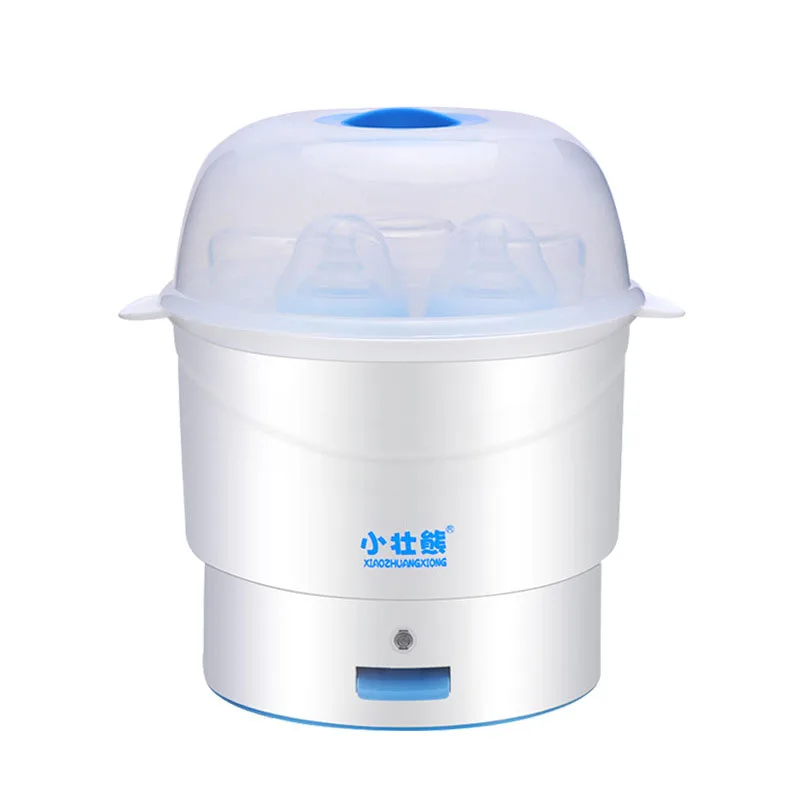 This is cheap and relatively easy to do, although it can wear down bottle nipples with time, so be sure to check them for cracks once in a while.
This is cheap and relatively easy to do, although it can wear down bottle nipples with time, so be sure to check them for cracks once in a while.
While boiling is a perfectly good way to sterilize, I’ve always avoided it. I use plastic bottles, and I didn’t like the idea of boiling them because I wasn’t confident that harmful chemicals wouldn’t leach out when heated.
2. UV Light
UV bottle sterilizers are one of the newest methods for sterilization and use ultraviolet light to kill germs. If you go this route, be prepared to pay dearly – these units cost several times what you’d pay for an electric or microwave sterilizer. Though they work well, the cost puts them out of reach for those of us who aren’t prepared to skip a car payment to afford one.
Pros
- Effectively kills 99.9% of germs, viruses and bacteria.
Cons
- Relatively expensive.
3. Cold Water Sterilizing Solution
This method requires you to immerse your bottles and accessories in cold water in which you’ve dissolved a substance that will kill bacteria.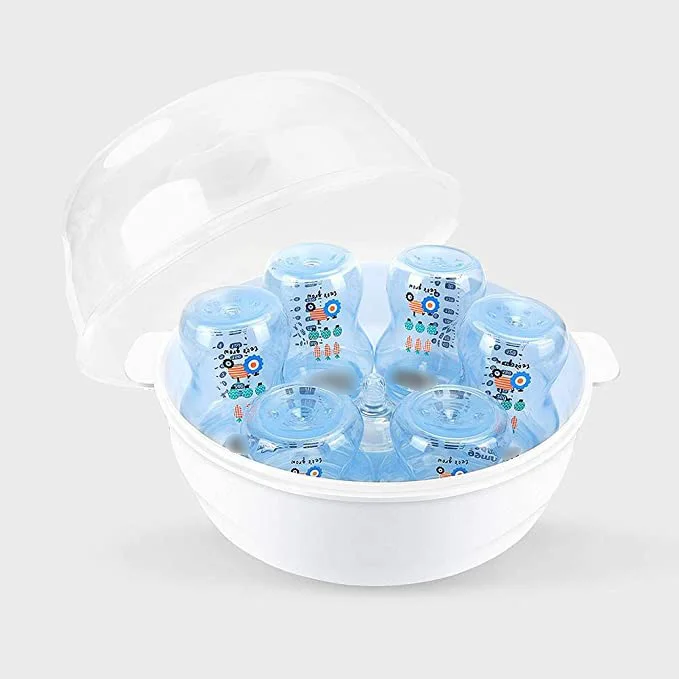 The sterilizer usually comes in a dissolveable tablet form that can be used to sanitize just about anything, not just bottles.
The sterilizer usually comes in a dissolveable tablet form that can be used to sanitize just about anything, not just bottles.
Pros
- This method is affordable
Cons
- A little environmentally unfriendly.
- Perhaps not as thorough as other methods.
4. Steaming
Times have changed since we were babies, and there is a simpler way to do things today. You can now use steam to sterilize bottles, either with an electric steam sterilizer or a microwaveable one as shown below.
Microwave steamers
These steamers are simple in design. To use, simply fill with water and place in the microwave for a few minutes to generate sterilizing steam.
Pros
- They’re typically cheap and easy to use.
- They can be taken on trips and used anywhere there’s a microwave.
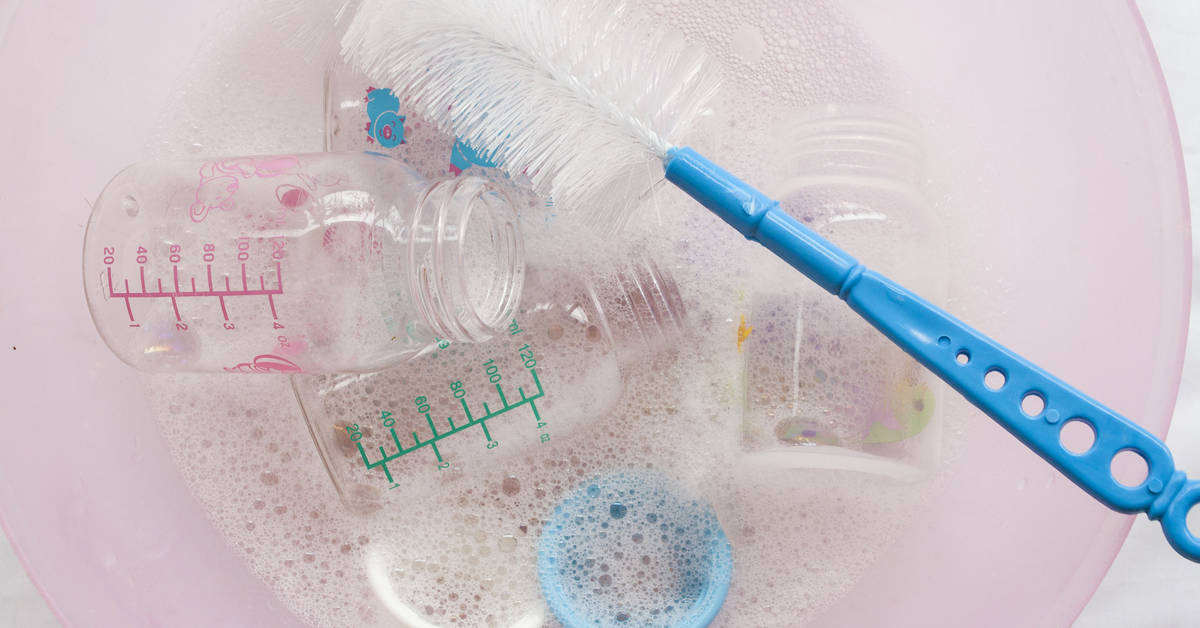
Cons
- They may scald you when you remove them from the microwave.
- Some models may end up melting more delicate items.
- Microwaveable steamer bags are cheaper still but may require a little more practice to use. They are, however, the best choice for travel.
Electric steamers
Plugin and sterilize your bottles with the press of a button.
Pros
- They’re pricier than microwave sterilizers.
- Some parents find them more thorough.
- A few models come with a handy drying function.
Cons
- These kinds of sterilizers offer more variability in size, price, and design, as you get a whole appliance dedicated just to bottle sterilization.
- Bigger units can hog the kitchen counter space.
- If you live in a hard water area, these will need to be descaled regularly.
How to Choose a Baby Bottle Sterilizer
Here’s what to look for when buying a good electric steamer/sterilizer to keep everything sterile for your little one.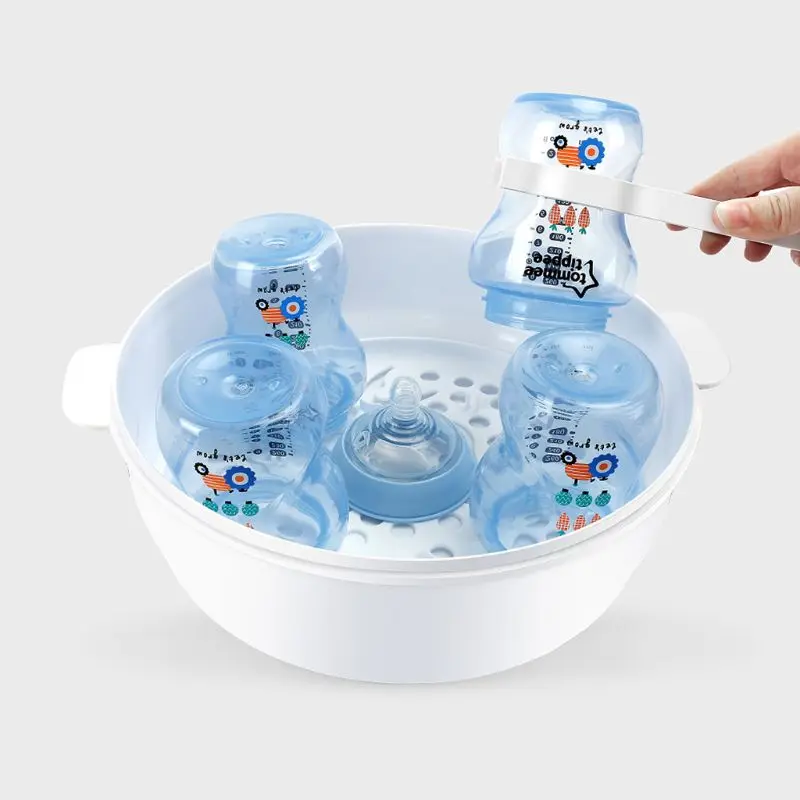
Ease of Use
Some sterilizers are easier to use than others. We recommend electric baby bottle sterilizers if you’re looking for something simple to operate. If you find yourself scratching your head over the instructions or the number of buttons, move on in your search to find something more straightforward.
The Size
You want the unit to be large enough to fit all your bottles. Mothers who are breastfeeding and only use bottles occasionally can get by with a small unit that holds just a few bottles.
You’ll find lots of different sizes available. Some hold a couple, while others can hold up to a dozen!
How Many Bottles It Sterilizes at Once
Women who opt to feed their babies formula will need to sterilize bottles frequently throughout the day. So they’ll want to look for a bigger sterilizer that can handle a larger number of bottles. Some can sterilize a day’s worth of bottles at once, so definitely look around for one that will be most convenient for you.
The Cost
If your cash flow is a bit squeezed now that you’re a parent, cost will be an important consideration. Our choices range from about $15 all the way up to $300 so they are available for various budget sizes. Microwave sterilizers are usually cheaper than other types on the market. You can also use sterilizing bags which are the cheapest, but may more expensive in the long run since you need to dispose of them after a certain number of uses.
Does It Dry
Check if the sterilizer can also dry your bottles. Many can, but microwave sterilizers leave bottles are left wet, and they’ll have to be dried after they’re taken out, adding an extra step to your workload.
Kitchen Space
Some moms might like that microwave sterilizers won’t require any space on their kitchen counters. They can be stored in a cabinet until you need them and they don’t need an outlet to work. If you opt for an electric sterilizer, you’ll have to make some room on your counter for it.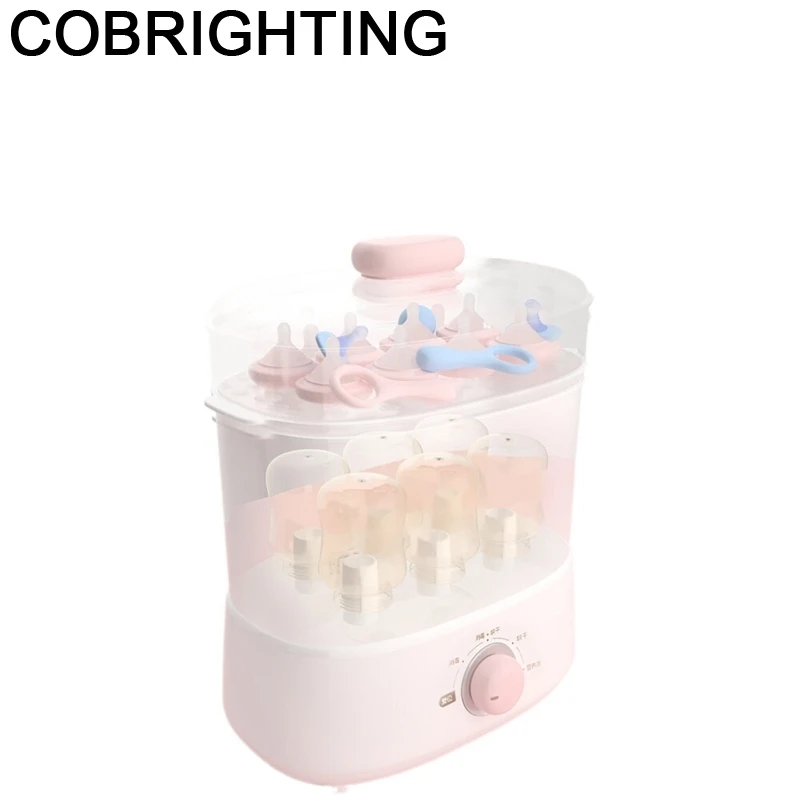
Baby Bottle Sterilizer FAQs
How Do I Use a Bottle Sterilizer?
Depending on your sterilizer model, you’ll follow different methods for getting those perfectly clean, fresh bottles. First, wash everything in warm soapy water or in the dishwasher. Next, load up the sterilizer with clean bottles and add the appropriate amount of water to the unit.
For microwave sterilizers, put it inside the microwave for the recommended time. Remove and allow bottles to cool inside until they’re needed, or use immediately. Dry with a clean, soft cloth. Let the steam dissipate before reaching into the microwave to prevent burns.
For electric sterilizers, turn the unit on and let it get to work. If you’ve got a model that also dries, wait for the drying cycle to complete. Most models will keep your bottles sterile if left inside for 24 hours.
When Can You Stop Sterilizing Bottles?
There’s no point in sterilizing bottles once a baby becomes mobile or begins to grab at every (dirty) thing she sees (1).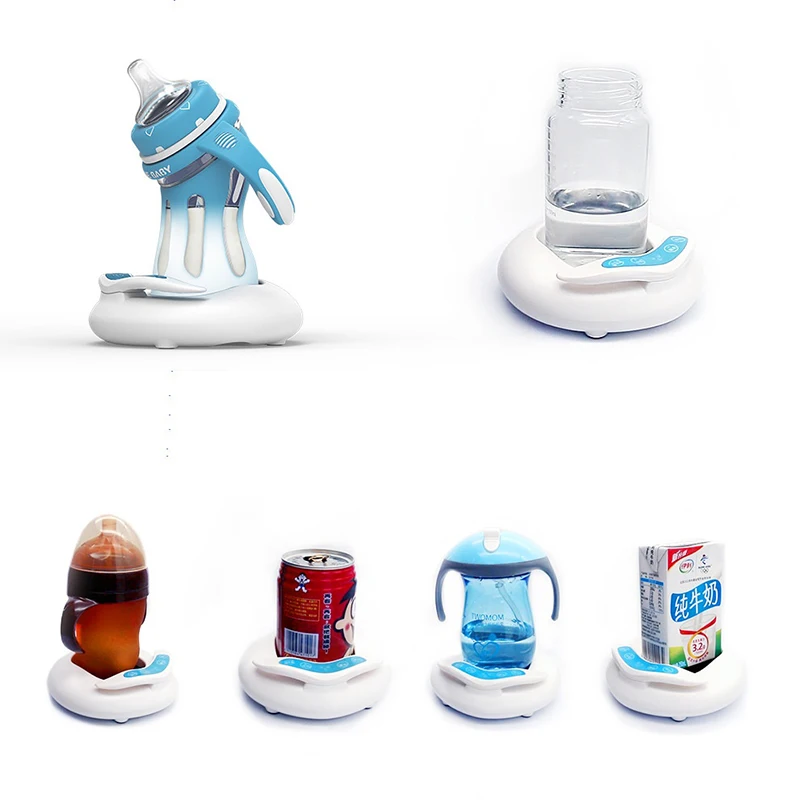
Remember
When your child is old enough to make the connection that she can grab things and put them in her mouth, she’s going to be introduced to more germs that will possibly accumulate in her bottles.
After you stop sterilizing, though, you should be certain that you’re doing a top-notch job of cleaning the bottles and nipples. And if your baby has an illness (2), you should sterilize her bottles until she is healthy again. You don’t want to reintroduce any germs to her recovering immune system.
How Can You Clean/Descale a Sterilizer?
Your sterilizer will come with detailed cleaning instructions, but as a rule, most removable parts of any unit can be washed with mild soap and water, while the rest can be wiped down with a damp cloth.
Limescale build-up looks like a yellow or white discoloration on the sterilizer’s heating pad. This can be removed at home with ordinary white vinegar or even lemon juice: simply soak for 30 minutes to overnight and rinse off well, followed by an empty cycle to dislodge any residue.
Can I Use a Bottle Sterilizer for My Breast Pump?
Again, your specific breast pump will have come with instructions for cleaning. Check these to see if the breast pump parts can go into the dishwasher.
After you’re done using your pump, use soap and water to wash any part that’s come into contact with breast milk. Allow to air dry (drying cloths can introduce bacteria again) before reassembling everything, and you’re good to go. Thorough home sterilization isn’t really possible, but you can sanitize breast pump parts adequately by simply washing, or using your bottle sterilizer (3).
Before you pop anything into your sterilizer though, check the manual for both the sterilizer and the breast pump to ensure it’s safe. If you’re unsure or want to save yourself the extra work, rest assured that daily sterilization is not necessary and you can clean breast pump accessories with just soap and water.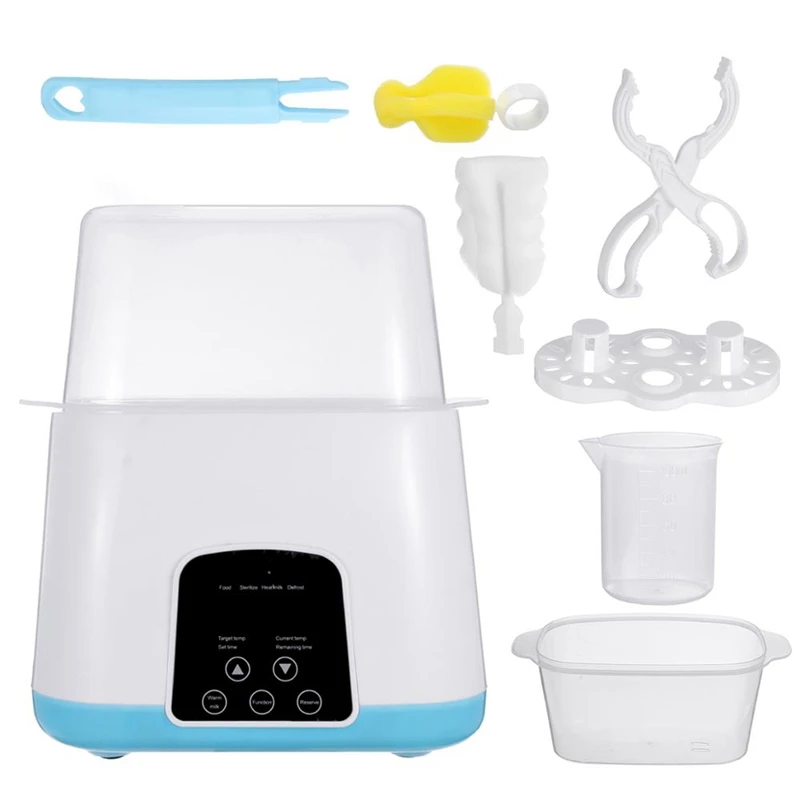
Feedback: Was This Article Helpful?
Thank You For Your Feedback!
Thank You For Your Feedback!
What Did You Like?
What Went Wrong?
What and how to wash baby bottles
The body of a small child is only learning to resist the pathogenic microflora of the surrounding world, therefore, in this case, mother's help is indispensable. One of the main tasks of mothers at the stage of breastfeeding is to provide the baby with not only healthy, but also safe food. If the child eats only the breast, then additional measures other than the personal hygiene of the mother are not required, however, if feeding bottles have firmly entered his life, you cannot do without special measures to care for the dishes.
What to wash with?
Finding baby bottle detergent is easy, as you can find it in most home improvement stores. Choosing the right option is a little more difficult: the purchased product cannot contain fragrances, and dyes must be exclusively natural and approved for use in the food industry. A big plus will be the presence of disinfectants, which significantly increase safety. Many parents are happy to buy options marked "ECO", which are based on natural ingredients.
A big plus will be the presence of disinfectants, which significantly increase safety. Many parents are happy to buy options marked "ECO", which are based on natural ingredients.
Detergent for children's dishes must be completely rinsed off not only with hot, but also with cold water. However, even the most harmless products must be washed off repeatedly with running water.
If parents do not want to leave their money in the pockets of manufacturers of household chemicals, then they can successfully use a popular folk remedy - dry mustard. This brown-yellow powder is completely safe for the human body, so accidentally remaining grains on children's dishes will not harm the baby in any way.
Dry mustard perfectly removes any dirt and grease from any surface and is very easy to rinse off. True, this tool has a certain drawback - if you take it directly with a sponge, then too much powder sticks and it is simply washed out with water. Ordinary salt shakers with holes that can be found in every home, as well as ready-made gruel in old bottles from household chemicals, will help solve this problem.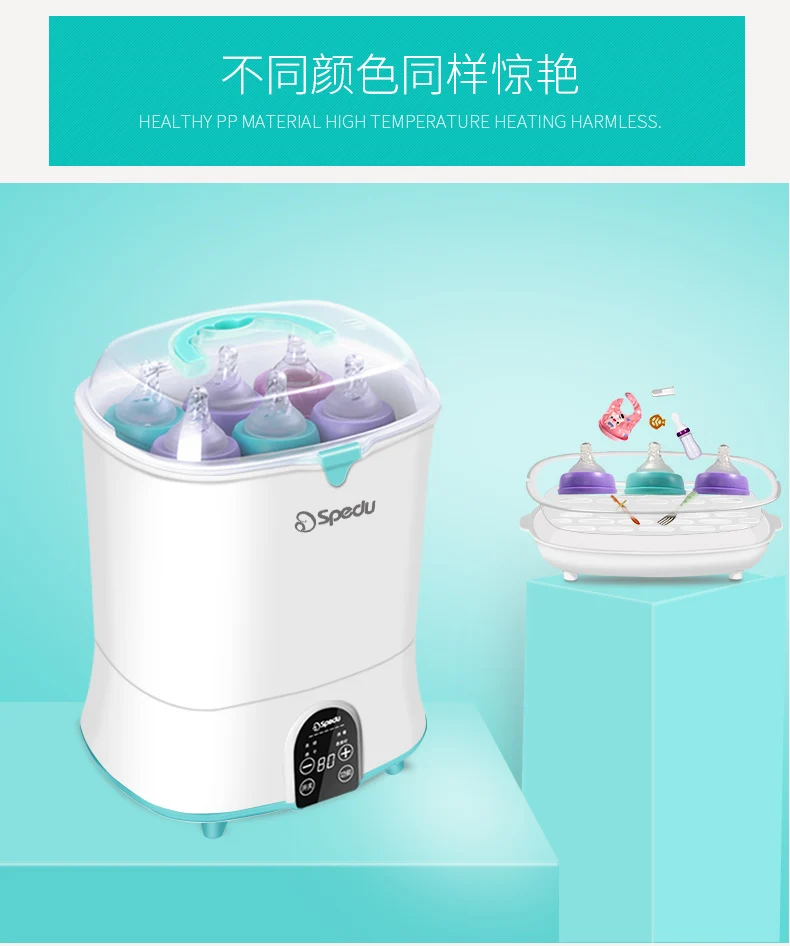
Another popular option is soda. Soaking children's dishes in a warm baking soda solution (especially overnight) makes it easy to remove even the most serious stains.
Laundry soap and homemade soap-based detergent also help keep baby bottles clean, but the soap leaves a thin film on the surface of the dishes, so rinsing in this case must be very thorough. For the comfort of mother's hands, a little glycerin can be added to detergents from laundry soap. A pleasant aroma to such products gives ordinary lemon juice.
How to wash?
Under no circumstances should you use sponges that clean dishes and cups for the whole family to care for children's dishes. The baby should have its own brushes, brushes and sponges.
Modern brushes, specially designed for washing "milk" bottles, are very convenient and functional. The bristles in such products are quite elastic, so it cleans the walls of the bottles well and does not scratch their surface. Many brushes are equipped with a soft sponge that perfectly rinses the bottom.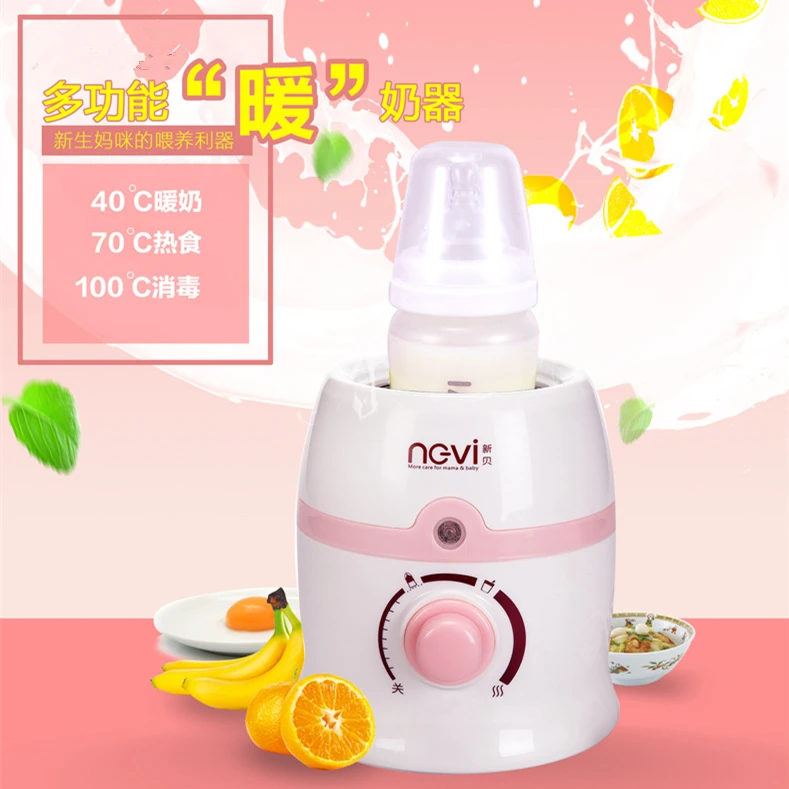 Thanks to the suction cup on the bottom, the brush can be installed in a vertical position, thus protecting it from contact with not very clean surfaces.
Thanks to the suction cup on the bottom, the brush can be installed in a vertical position, thus protecting it from contact with not very clean surfaces.
An important point: no matter how convenient and expensive a baby bottle brush may seem, after a while it inevitably turns into a breeding ground for bacteria. Careful disinfection (for example, with vinegar) slightly extends the life of the product, but it still needs to be replaced periodically with a new one.
Random entries
Many perfume components are aphrodisiacs - natural substances that can awaken or enhance sensuality and sexual desire, attract the attention of the opposite sex.
Hyaluronic acid is rightly called a source of life-giving moisture and youth. The substance, known since the 1930s, was first used for medical and chemical-biological purposes and only later attracted the attention of cosmetologists.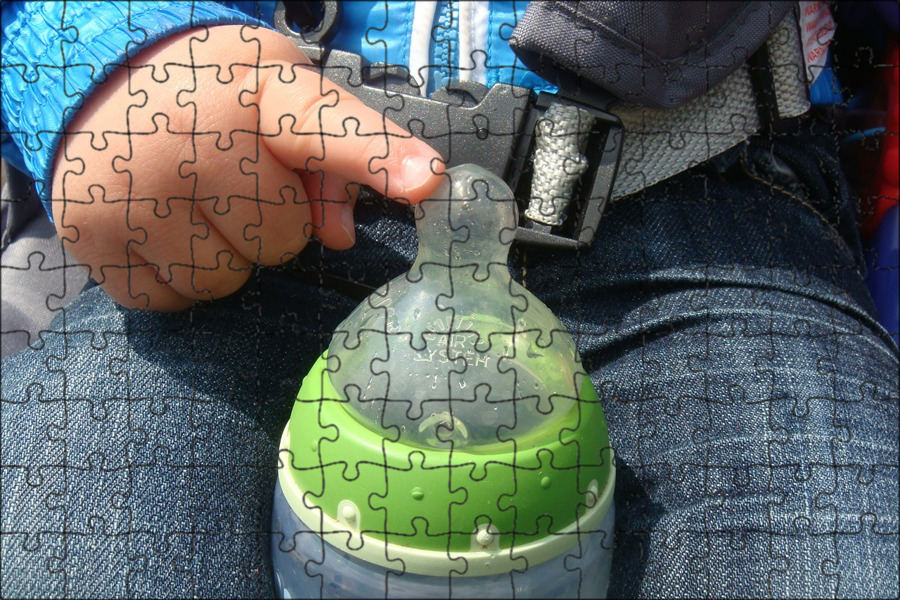
Aromas with musk have been known since ancient times as a powerful aphrodisiac.
Favorite fragrance emphasizes our individuality and charisma. However, in an office environment, this is not always appropriate, because the main rule of business etiquette is not to invade the personal space of others and not disturb the working atmosphere.
Baby Bottles Clear Disinfectant Brush Bottles White Background stock Photo ©phenphayom 188086954
Baby Bottle Clear Disinfectant Brush Bottle White Background Stock Photo ©phenphayom 188086954Support Ukraine
Images
Video -defense music and sounds
Instruments
for business
Our prices
All images
Enter Log in
I accept the terms of the User Agreement Receive news and special offers
Baby bottle was clear sanitizer with bottle brush in white background
— Photo by phenphayom
more
Same Series:
Baby bottles were clear disinfectant in water purification solution with brush bottlesBaby bottles were clear disinfectant in water purification solution with brush bottlesHerbal liquid wash for washing milk bottlesBaby bottles were clear what sanitizer in water purification solution with bottle brush baby bottles was clear sanitizer on white baby bottles was clear sanitizer with bottle brush on white background herbal herb marshmallow extract with flower arrangement flat lay style on white background baby bottles glass was clear disinfectant pasteurized herbal liquid wash milk bottle cleaner baby health background white herbal liquid wash milk bottle cleaner baby health background white bandage for emergency first aid on white backgroundBaby bottles were clear disinfectant pasteurizedAlcohol, cotton, first aid bandage for wound decoration on white backgroundShow more
Usage info
You can use this royalty free stock photo of "Baby bottles were clear sanitizer with a bottle brush in the background white" for personal and commercial purposes under a Standard or Extended License.
